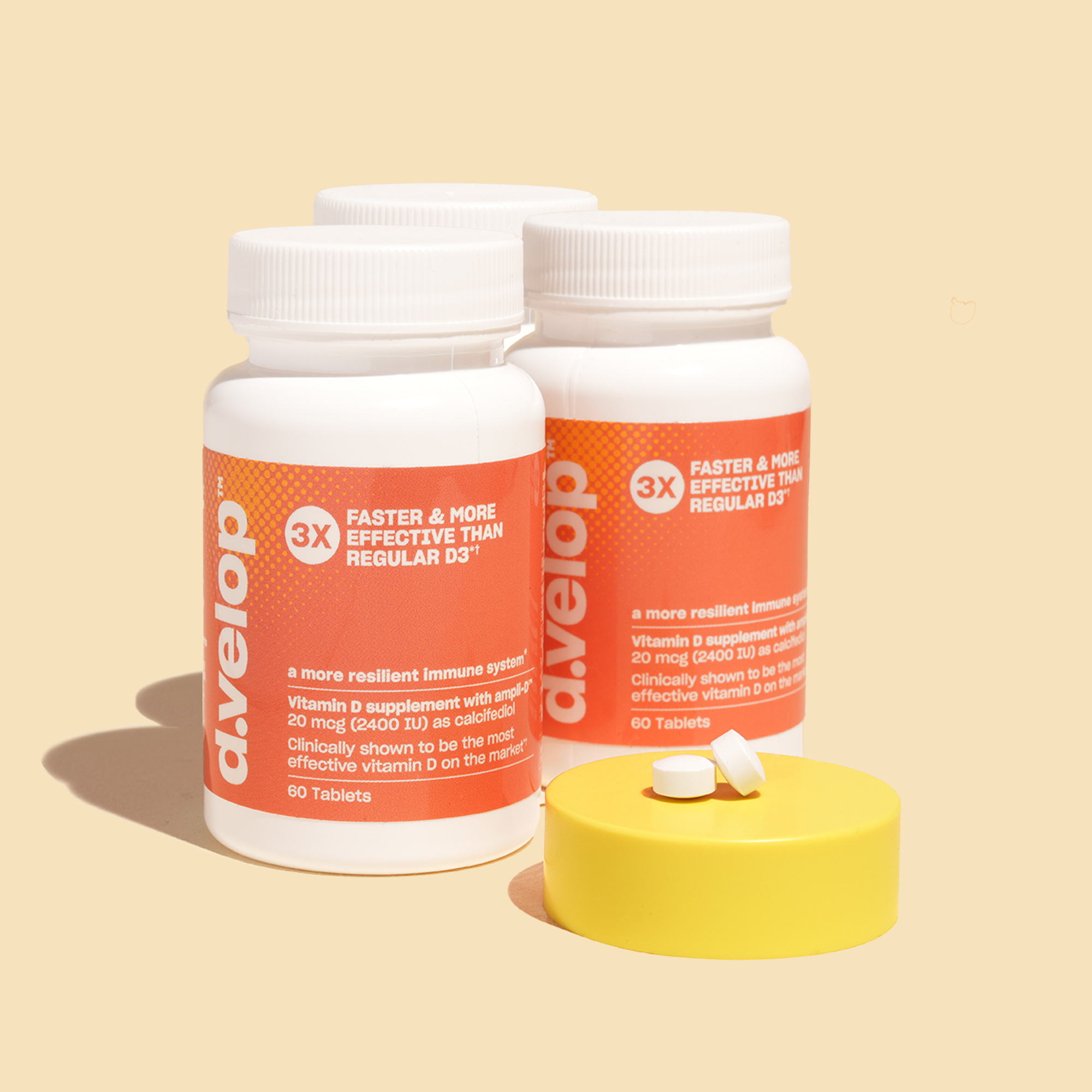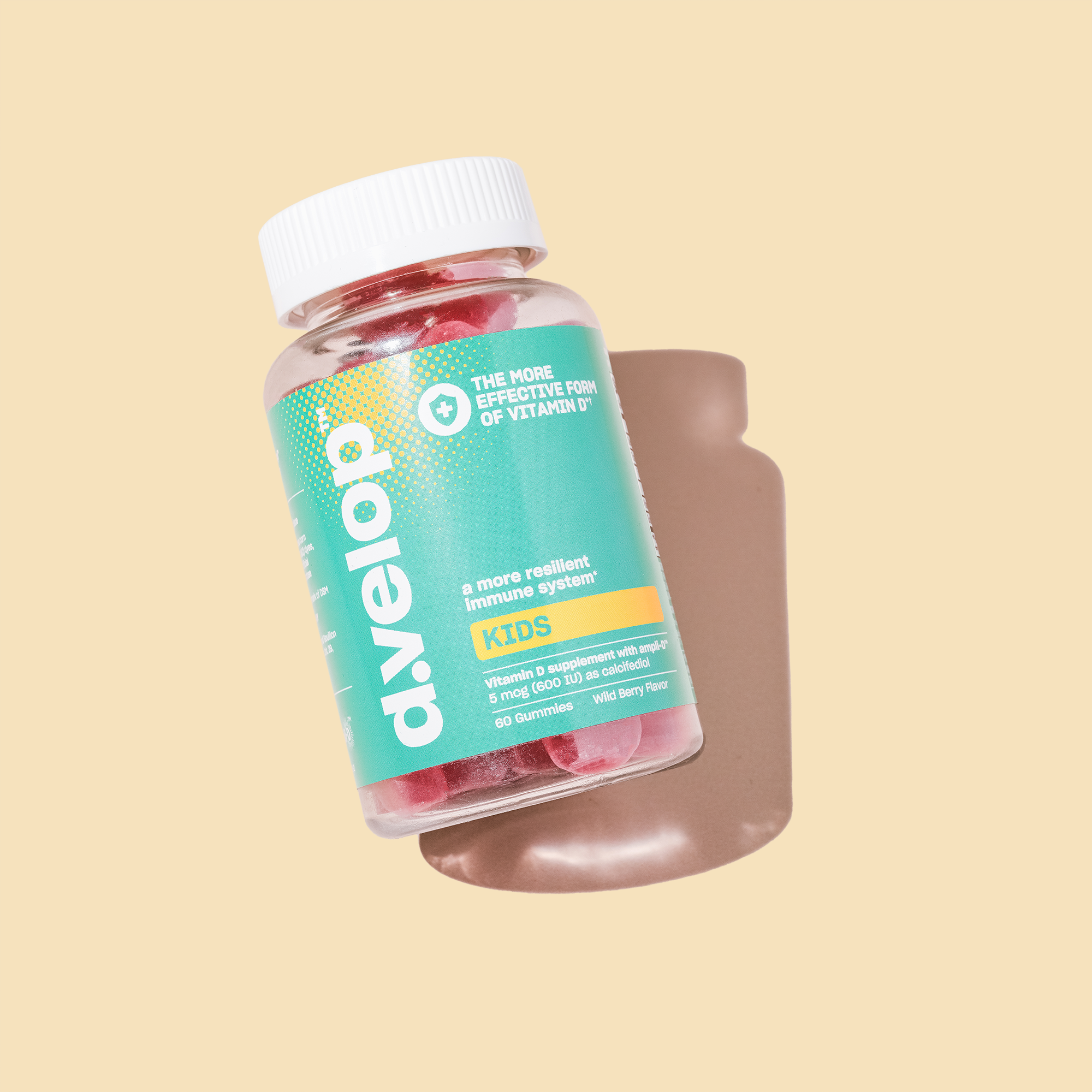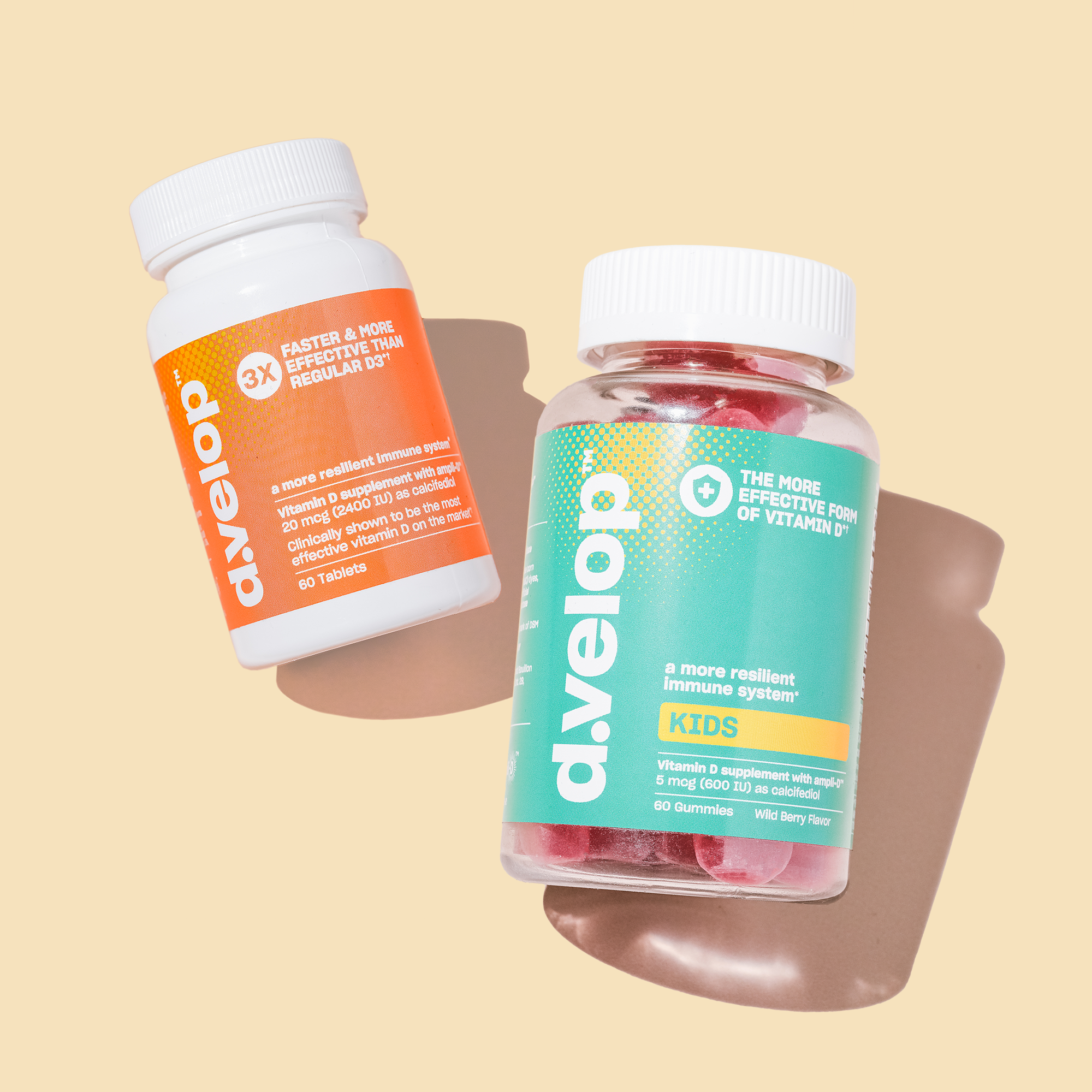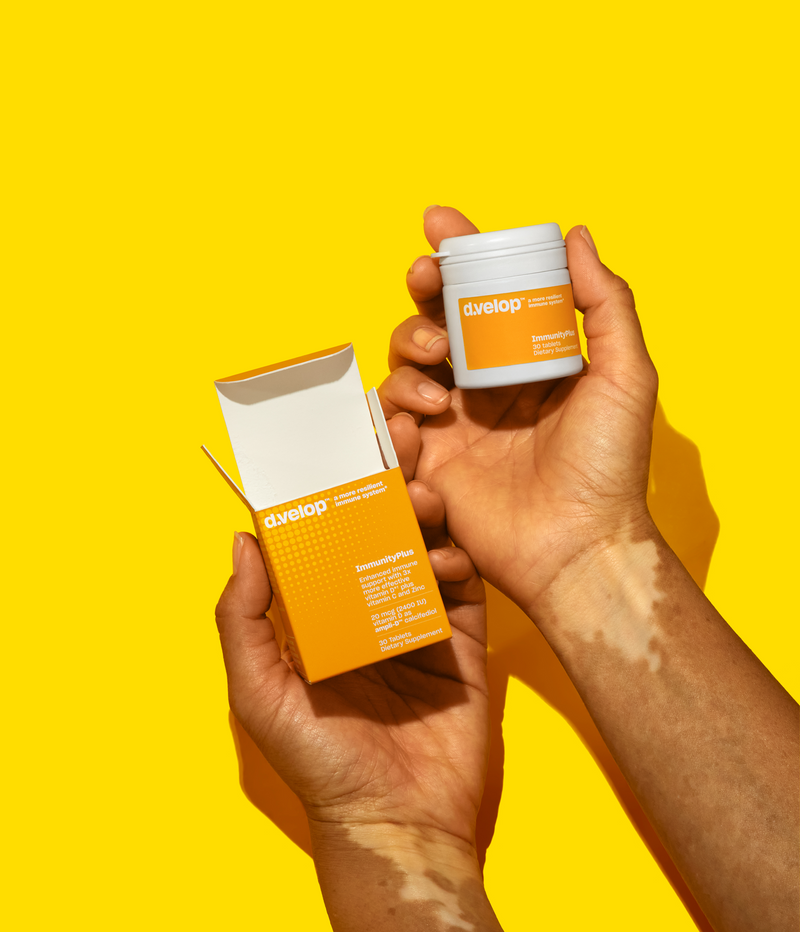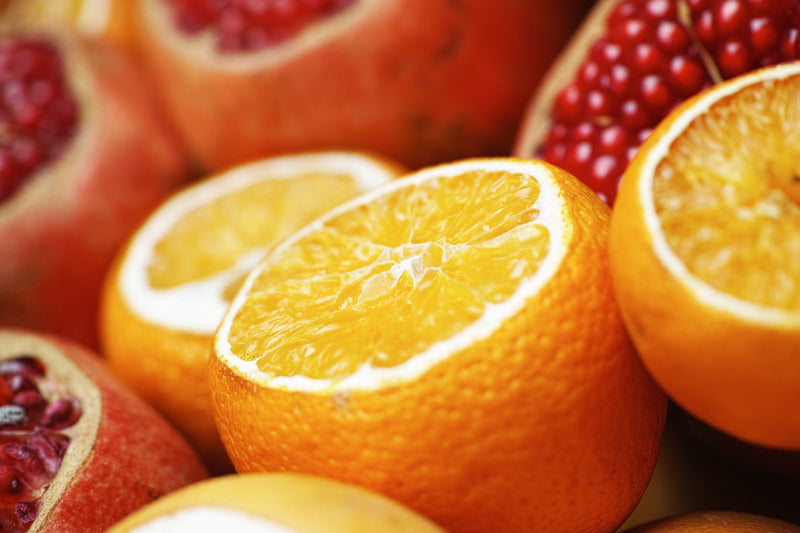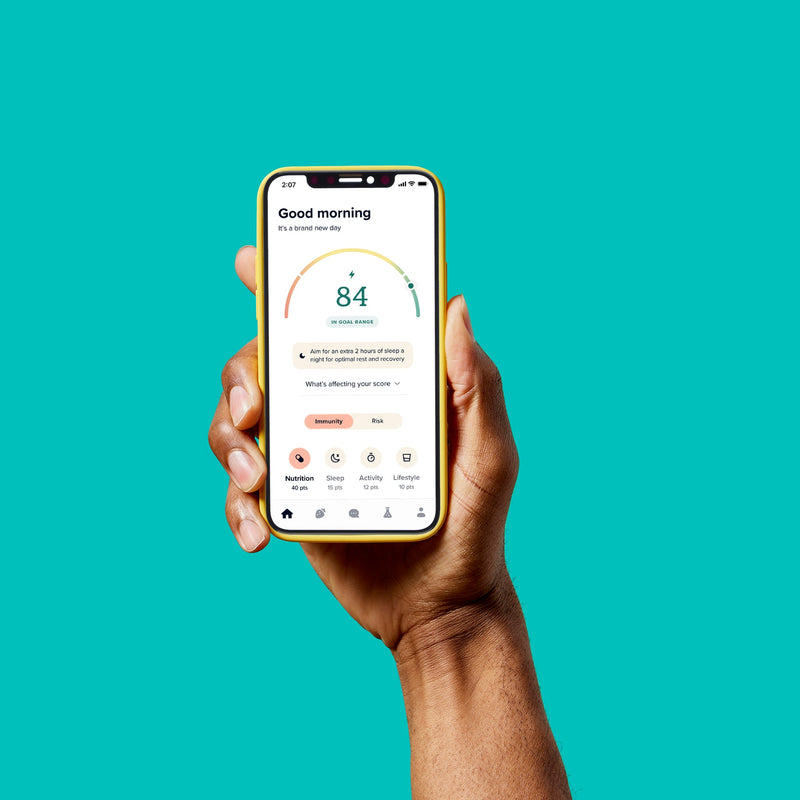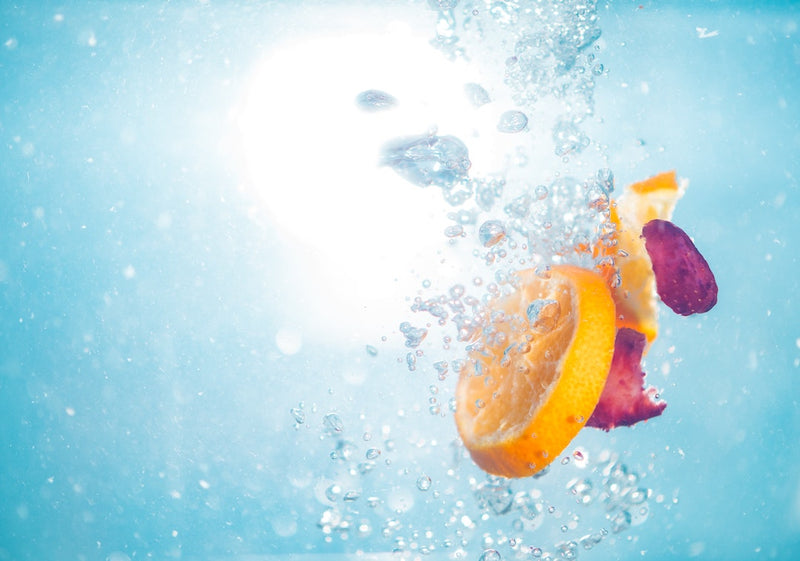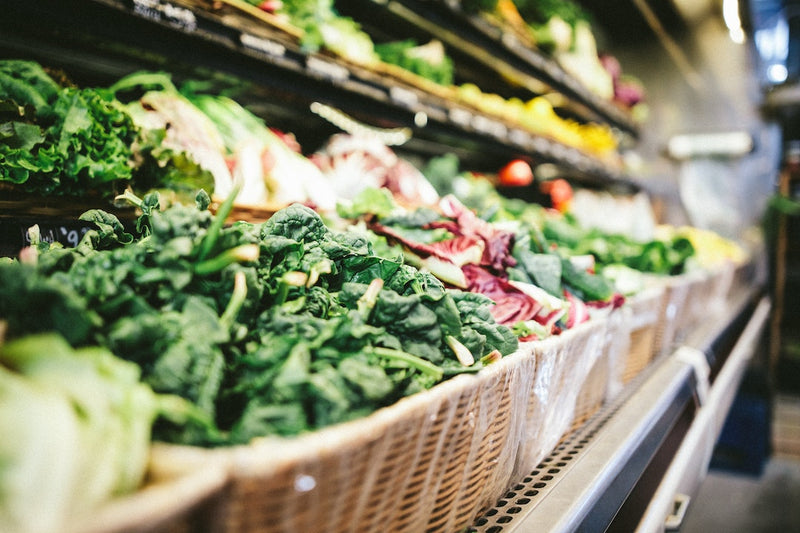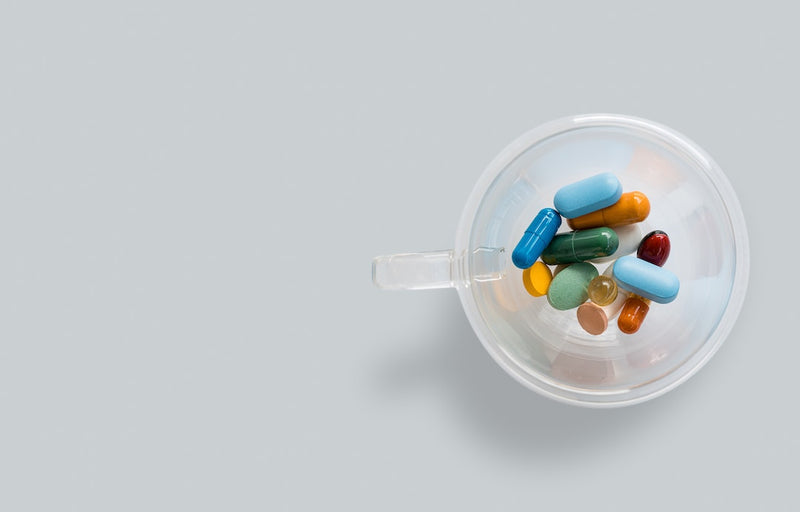Zinc is a trace mineral, meaning the body only needs small amounts of it despite its importance in helping us stay healthy. Basically, it’s small but mighty! This powerhouse mineral has antioxidant properties, helps support a healthy immune system, and more.
What does zinc help with?
Major processes like the creation of DNA, growth of cells, and building proteins all require zinc! Its presence in cells helps stabilize the structure and binding of DNA (1-3). Zinc plays a major role in wound healing by regulating every phase of the process. It assists with membrane repair, coagulation, and scar formation. And get this…zinc is also important for a proper sense of taste and smell (1,2). You could say zinc is quite a multitasker.
How much zinc do I need?
Zinc is clearly important. The good news is most people can meet the Recommended Daily Allowances (RDAs) of zinc through their diet. The RDAs are 11 mg per day for men and 8 mg per day for women. For reference, one cup of dairy yogurt contains roughly 2 mg of Zinc (3).
The highest amounts of zinc are found in seafood, red meat and poultry. Therefore, vegans and vegetarians are most at risk for zinc deficiencies. However, zinc deficiencies can also be found in those who suffer from digestive, kidney, or liver diseases. Signs of deficiency might include poor appetite, hair loss, decreased immunity, depression, impaired wound healing and loss of taste or smell (3,4).
On the other hand, you don't want too much zinc. The maximum daily intake for adults is 40 mg/day. Excessive zinc intake can lead to headaches, diarrhea, nausea, vomiting or decreased levels of “good” cholesterol (4). It may also put you at risk for deficiencies of other nutrients, such as copper and iron (3).
What foods are sources of zinc?
As mentioned, zinc can be found in seafood, red meat and poultry, which are all considered excellent sources. Surprisingly, oysters are one of the the best sources providing a whopping 9 mg per oyster (5).
If you don’t eat meat, zinc can also be found in fortified cereals, dairy products, beans, legumes, nuts, seeds and whole grains. Beans, nuts, and whole grains are good sources of zinc however they also contain phytates. Phytates are considered an antioxidant, but they can also bind to zinc which can lower the absorption in the body, another reason to have a variety of sources of zinc in your diet (1,3).
Need ideas for how you can start incorporating zinc into meals?
The d.velop™ app is full of free recipes personalized to your needs! Tap the icon and at the bottom select “See all recommended recipes” to browse a library of immunity-supporting recipes*.
Zinc is an essential mineral necessary for several functions in the body. While zinc is found in a variety of foods, the best sources come from seafood, red meats, and poultry. Maintaining adequate levels of zinc may promote reduced inflammation, improved wound healing and a healthy immune system(1,2,6)*. Check out d.velop™ ImmunityPlus as it not only contains 15 mg of zinc, but also vitamin C and vitamin D for optimal immune support*.
Author:
Erin McNamara, RDN, LDN, CLT
References
- Lin PH, Sermersheim M, Li H, Lee P, Steinberg S, Ma J. Zinc in Wound Healing Modulation. Nutrients. 2017;10(1):16. doi:10.3390/nu10010016
- MacDonald RS. The role of zinc in growth and cell proliferation. The Journal of nutrition. 2000;130(5S Suppl):1500S8S. doi:10.1093/jn/130.5.1500.
- Micronutrients I of M (US) P on. Zinc. National Academies Press (US); 2001. Accessed May 12, 2022. https://www.ncbi.nlm.nih.gov/books/NBK222317/
- Saper RB, Rash R. Zinc: An Essential Micronutrient. American Family Physician. 2009;79(9):768-772. https://www.aafp.org/afp/2009/0501/p768.html
- FoodData Central. Oysters, cooked, no shell. Accessed May 13, 2022. https://fdc.nal.usda.gov/fdc-app.html#/food-details/1099136/nutrients
- Zinc helps against infection by tapping brakes in immune response. ScienceDaily. Published February 7, 2013. https://www.sciencedaily.com/releases/2013/02/130207131344.htm
- Bohn L, Meyer AS, Rasmussen SørenK. Phytate: impact on environment and human nutrition. A challenge for molecular breeding. Journal of Zhejiang University SCIENCE B. 2008;9(3):165-191. doi:10.1631/jzus.b0710640
